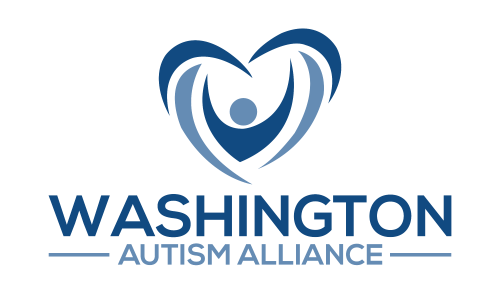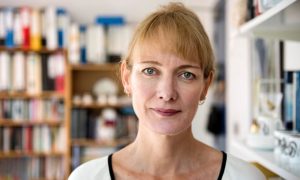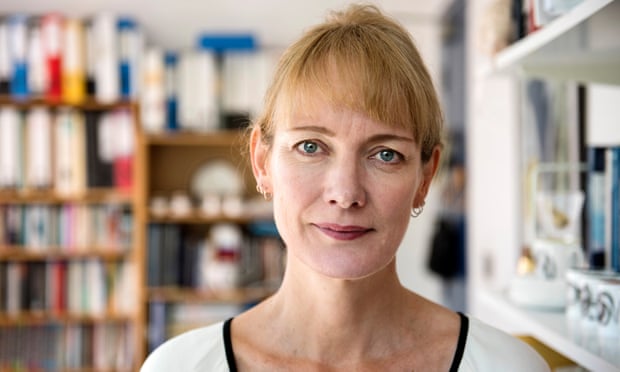Hundreds of thousands of girls and women with autism are going undiagnosed due to it being viewed as a “male condition”, according to one of the UK’s leading neuroscientists.
Prof Francesca Happé, director of the Social, Genetic & Developmental Psychiatry Centre at King’s College London, warned that the failure to recognize autism in girls and women was taking a stark toll on their mental health.
“We’ve overlooked autism in women and girls and I think there’s a real gender equality issue here,” she said. “I think we are missing large numbers and misdiagnosing them too.”
Quick guide In numbers
700,000 is the NHS estimate of the number of people in the UK on the autism spectrum
8% of girls with autism are diagnosed before the age of six, compared with 25% of boys
20% of girls are diagnosed by the age of 11, compared with 50% of boys
41% of females with autism are initially diagnosed with another condition, compared with 30% of males
23% of female anorexia patients met diagnostic criteria for autism in a small study
Until recently, autism without intellectual impairments, sometimes called Asperger syndrome, was thought to predominantly affect boys and men, at a ratio of 10 to every one woman.
However, there is growing evidence that the number of girls and women with the condition may have been vastly underestimated. Recent research, based on active screening rather than clinical or school records, found a ratio of 3:1. Happé and others believe this could fall further – potentially to as low as 2:1 – as diagnostic processes become better tailored to identifying autism in girls and women.
Due to early assumptions about autism mostly affecting men, studies have often recruited male-only cohorts. Male participants in brain imaging studies on autism outnumber females by eight to one, and in earlier research the bias was even more pronounced.
“This means that what we think we know about autism from research is actually just what we know about male autism,” said Happé, who has a £500,000 grant to investigate gender differences in autism spectrum disorders.
More recent work suggests there may be subtle differences in how autism presents in girls and women. Narrow special interests may superficially appear more mainstream (horses or boybands, say, rather than electricity pylons) – although the nature of the interest would still be unusual in terms of persistence and narrowness.
Autistic girls and women also tend to be more adept at masking their autistic traits. “They might pick a popular girl in their class or workplace and study them and copy them,” said Happé.
The idea that autism could be a result of having an “extreme male brain” due to hormone differences has dominated popular narratives about the biology driving the condition, although Happé said that the theory remained scientifically contentious. Media portrayals of autism, such as the movie Rain Man, have also been almost exclusively male. So parents, teachers and clinicians tend to be less inclined to consider autism as a likely explanation for girls and women struggling with social and communication problems than with boys and men.
The failure to diagnose autism is of concern because many of those affected experience secondary mental health issues such as anxiety, depression and self-harm. A small study last year found that 23% of women hospitalised for anorexia met the diagnostic criteria for autism. More work is needed to confirm the findings, which were based on 60 women, and to gauge whether the women’s social and communication difficulties predated their eating disorder.
“If clinicians don’t have autism in mind when they see an eating disorder, they stop there,” Happé said. Many people find a diagnosis helpful in making sense of why they feel “different” and in finding acceptance and understanding from family and friends.
Hannah Belcher, an autism researcher at Anglia Ruskin University who was diagnosed as an adult, said she had anxiety as a child and stopped going to school at 14 because she was struggling to cope.
“It was only when I was 23 that I saw an art therapist who suggested I was possibly autistic,” she said. “I am certain I would have gained more support around my anxiety as a child and would have suffered from less mental health difficulties had I had the diagnosis earlier. I also masked my autistic traits a lot, and I think knowing and understanding what these were would have enabled me to be myself more.”
The NHS estimates there are about 700,000 people on the autism spectrum in the UK, based on a roughly 10:1 gender ratio. If the real ratio were shown to be 3:1, this would suggest that up to 200,000 girls and women with autism have been omitted from the national tally.
Carol Povey, director of the National Autistic Society’s Centre for Autism, said there was growing recognition of the issue, with a steady increase in referrals of women and girls to specialist diagnostic centers during the past few years.
“Recent research suggests that the number of males and females on the autism spectrum is far more equal than previously thought and diagnostic statistics suggest,” she said. “The problem is that professionals often don’t understand the different ways autism can manifest in women and girls, with many going through their lives without a diagnosis and an understanding of why they feel different.”
This news is originally posted by
on



